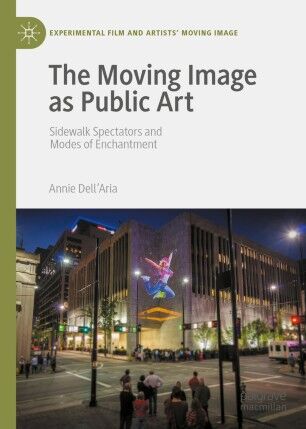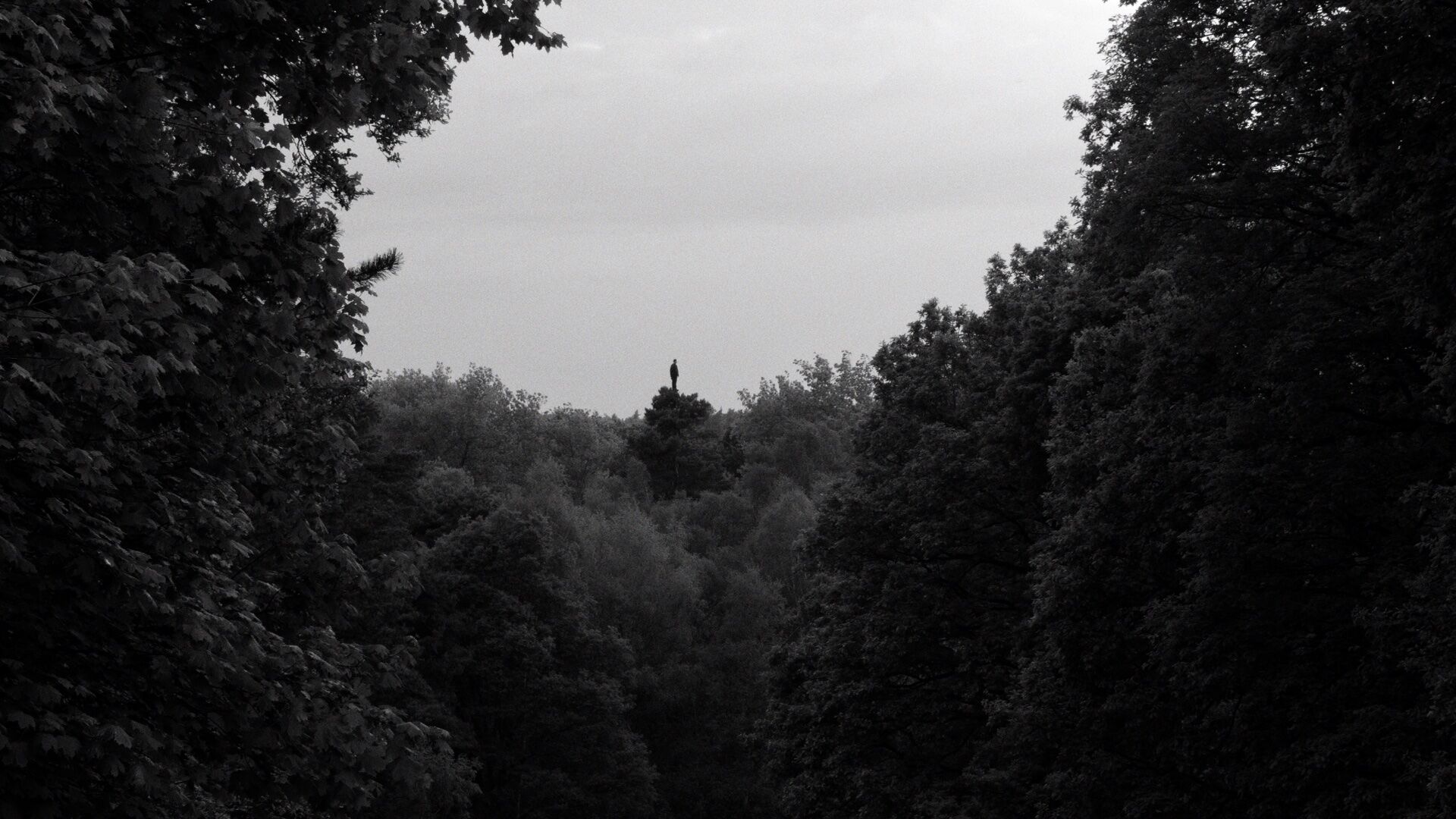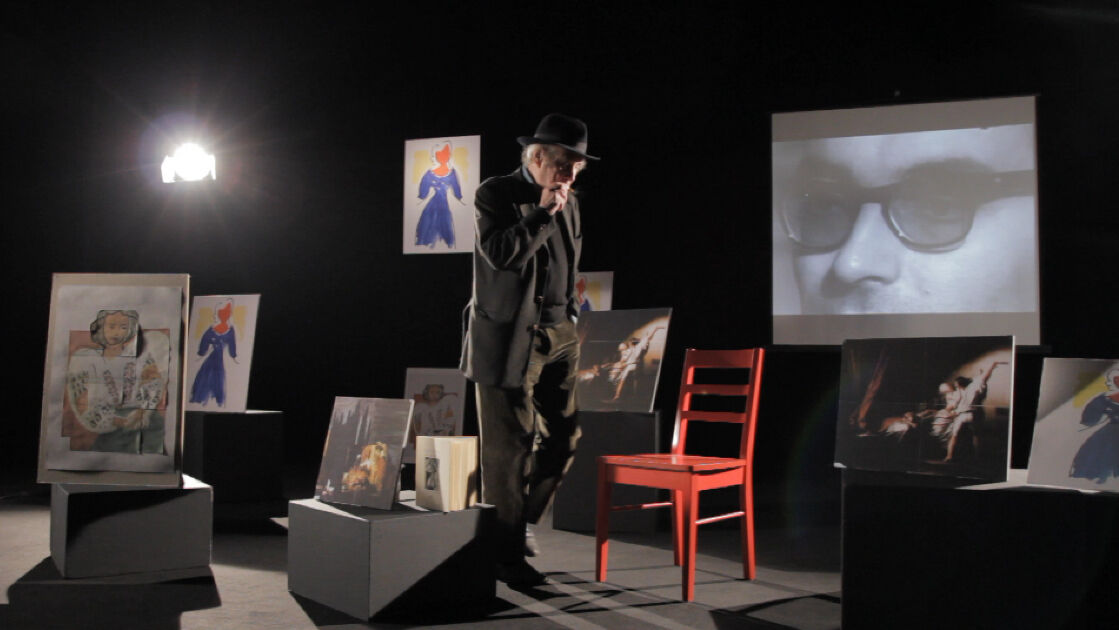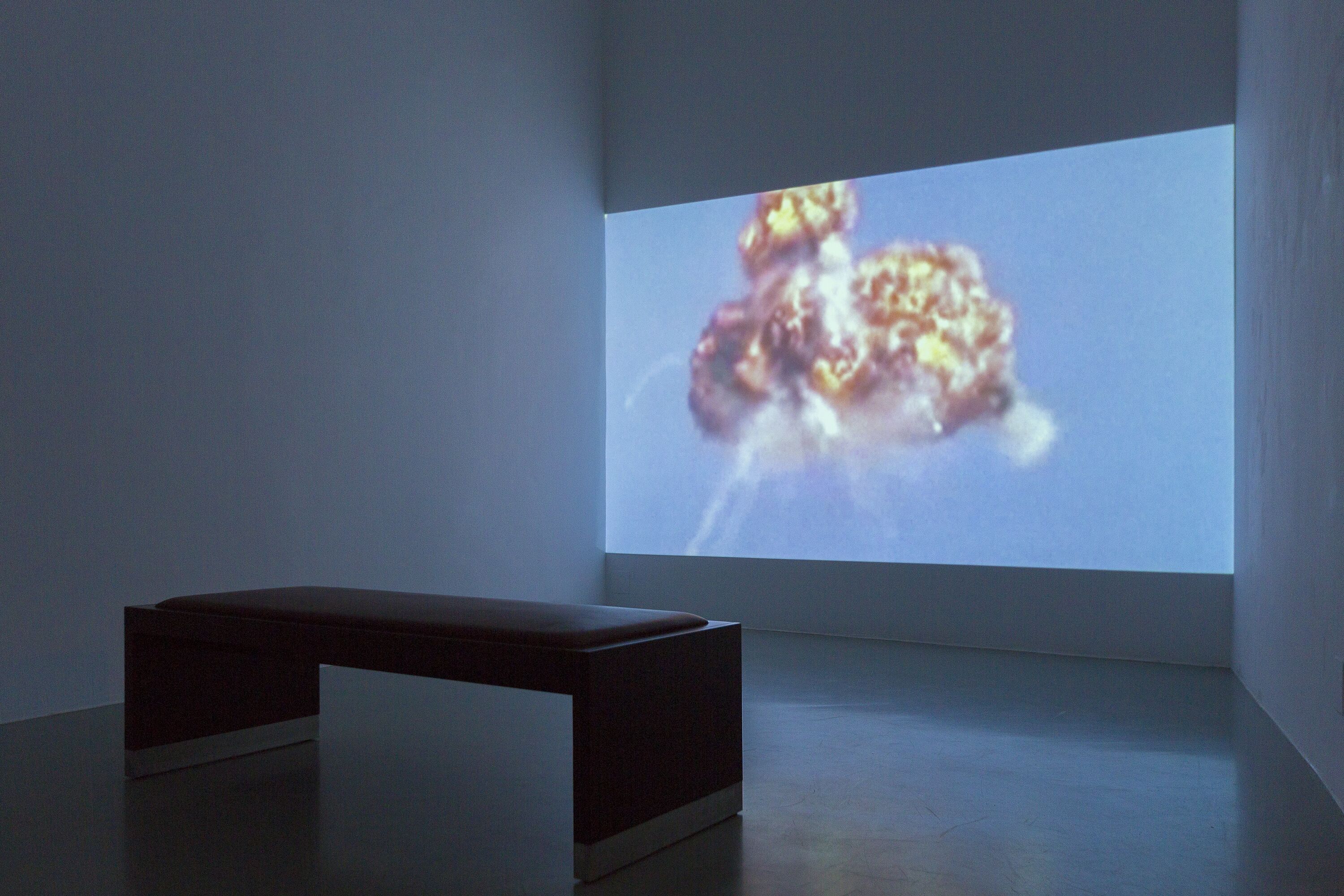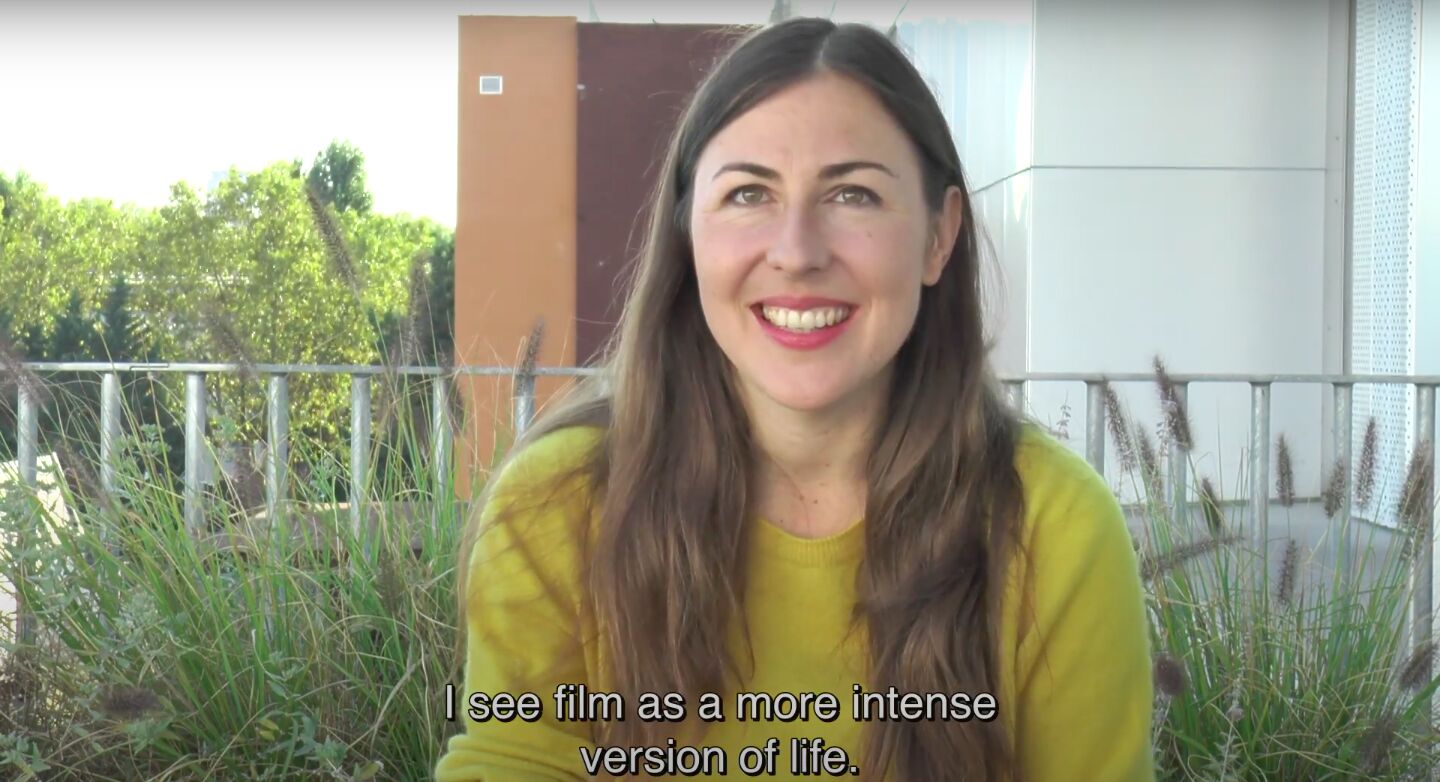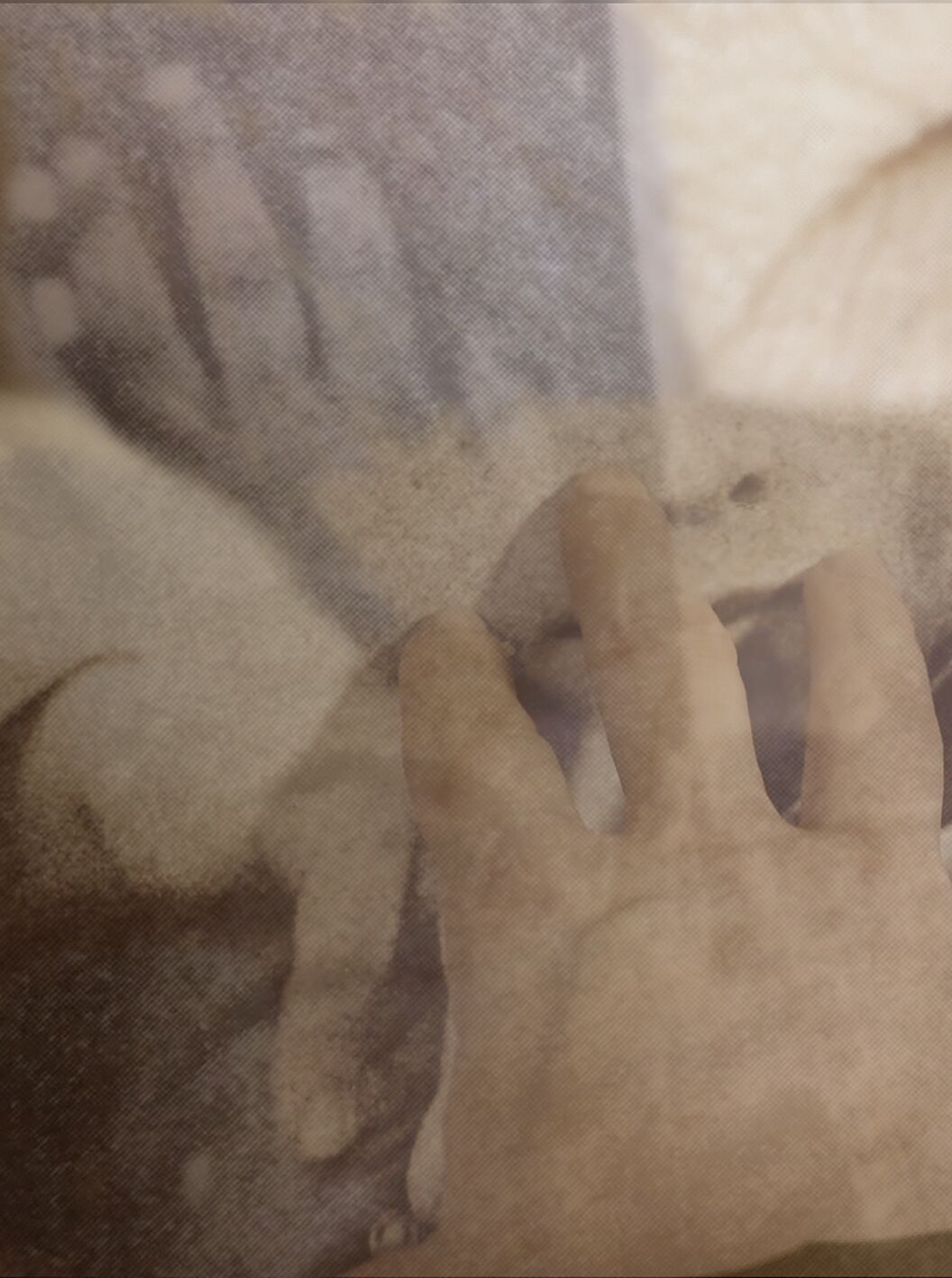Articles by keyword "exhibition"
For the closing of Issue 4 of The Garage Journal, the author adopts one core methodology common to the practices of both film and curating: storytelling. All stories have a time, a space, and characters. Following the Rashomon effect, each one of the stories below could offer entirely different points on the relationships between the moving image and the museum.
This text examines two cases in order to start outlining the aspects of a specific relationship between cinema, on the one hand, and museum and exhibition spaces, on the other. It studies two films (Assa by Sergei Solovyov and Jean-Luc Godard, The Disorder Exposed by Céline Gailleurd and Olivier Bohler) as models of cinematic conservation and curating invisible and ephemeral museal art forms.
The migration of film from cinemas to art institutions engendered a series of metamorphoses. This research article analyzes these transformations through cases of contemporary uses of moving images to propose a theory on how to curate moving images in the museum of the twenty-first century.
The art-based research project Narrate an Exhibition as a Film aims to construct an ‘imaginary museum’ composed not of art pieces (as the one invented by André Malraux), but of individual memories, emotions, and imaginations. What do educated and non-educated visitors remember after an exhibition, what makes a visit memorable, and, most importantly, how do visitors construct in their minds what an exhibition and a narration are?
Issue 04 of The Garage Journal publishes innovative scholarship on the relationship between the moving image and the museum. It analyzes ways in which cinema, video art, and curatorial practices inform and influence each other. Dissecting this intricate relationship, the issue challenges traditional assumptions and opens up a discourse where affinities and oppositions coexist.

